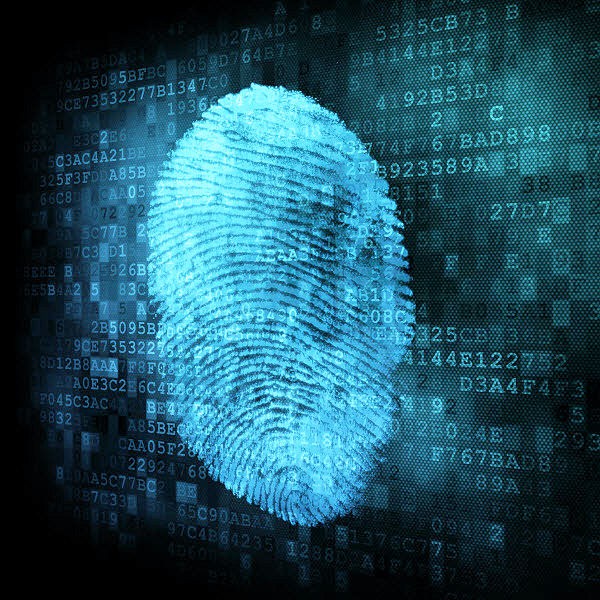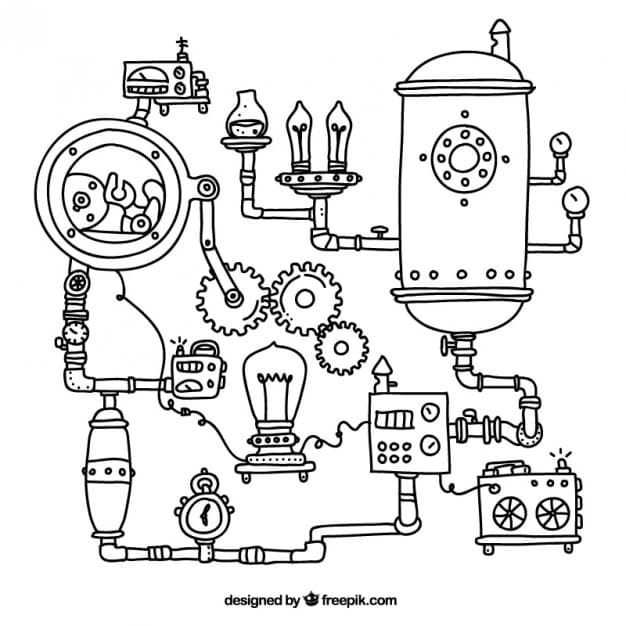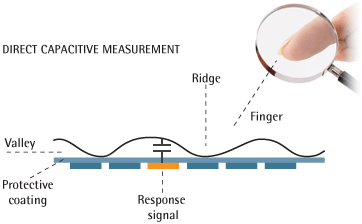
What is the Most Reliable Fingerprint Reader?
By Bob Mesnik
Fingerprint readers scan the features of a person’s finger and create a digital code that can be used as a unique digital template. That’s the concept, but how do fingerprint readers actually work?
There are a number of different technologies used to scan the features of a fingerprint. The engineering challenge is to reliably read the ridges and valleys on the fingerprint so that it can be converted to a digital image.
This article reviews the most popular technologies that use Optical, Ultrasonic and Capacitive sensors.
Fingerprint readers scan the features of a person’s finger and create a digital code that can be used as a unique digital template. That’s the concept, but how do fingerprint readers actually work?
There are a number of different technologies used to scan the features of a fingerprint. The engineering challenge is to reliably read the ridges and valleys on the fingerprint so that it can be converted to a digital image.
This article reviews the most popular technologies that use Optical, Ultrasonic and Capacitive sensors.
Fingerprint Sensors
There are a number of different types of fingerprint readers. Here is a summary of the current techniques used.
Optical Readers:
Optical scanners use a light source and sensor to detect the ridge and lines in the fingerprint. The sensor is similar to a digital camera. When the finger is placed on the sensor, a light source is used to illuminate and highlight the raised fingerprint pattern. The challenge is to read fingerprints that have very small distinguishing features, as well as keeping the scanning surface clean. As an example, the system has difficulty reading worn-out fingerprints.
Capacitive Sensors
Capacitive sensors use the distance between the high and low parts of the fingerprint to capture the image of the print. There are passive and active types of capacitive systems. The capacitive systems measure the epidermal level of the finger, and in many cases provide better results than optical scanning systems.
Passive Capacitive Systems:
A passive capacitance sensor detects an image of the fingerprint patterns on the layer under the surface of the skin, or dermal layer. Capacitive sensor pixels are used to measure the capacitance at multiple points of the sensor array. The picture is created by measuring the variation in capacitance created by the distance of the ridges and valleys from the sensor surface.
Active Capacitive Sensors:
Active capacitance sensors use a charging cycle that applies a voltage to the skin before measurement takes place. The application of voltage charges the effective capacitor. The electric field between the finger and sensor follows the pattern of the ridges in the dermal skin layer. On the discharge cycle, the voltage across the dermal layer and the sensing element is compared against a reference voltage in order to calculate the capacitance. This eliminates the need for clean, undamaged epidermal skin and a clean sensing surface.
Ultrasonic Scanning Sensors
Ultrasonic sensors make use of a similar technology used in medical ultrasonography in order to create visual images of the fingerprint. These sensors use very high-frequency sound waves to penetrate the epidermal layer of skin. The sound waves are generated using piezoelectric transducers. The reflected energy is also measured using piezoelectric materials. Since the dermal skin layer exhibits the same characteristic pattern of the fingerprint, the reflected wave measurements can be used to form an image of the fingerprint. This type of sensor also provides a more reliable image than optical systems.
Data Methodology

In the past, fingerprint systems captured the complete fingerprint. Fingermatrix was one of the early innovators in fingerprint technology. Back in the 1970s, they provided state-of-the-art equipment, to read and encode the arches, loops, and whorls that defined the fingerprint. The cost was over $50,000. Now fingerprint reader systems are available for under $400.
New systems capture only key data points (or minutiae) defined by the fingerprint pattern. This digital representation of the information contains far less detail, so it can’t be used to reconstruct the actual fingerprint image. This method requires less storage and is more secure.
When a person is registered into the fingerprint system, the unique fingerprint mask is stored with other information about the person. Later when the person’s fingerprint is read again, the coded template is compared to all the people in the database. This comparison of one code to many, allows fingerprint readers to control doors. A simpler algorithm is used to allow access to your phone or computer. In this case, the comparison is just one to one, and your fingerprint is confirmed to only one pattern that’s stored in the system.
Security and Reliability of Fingerprint Readers

Some fingerprint readers are susceptible to hacking. Using 3D modeling or even playdough, people have demonstrated that fingerprint readers are vulnerable.
There are also reliability problems when the fingerprints are worn out or damaged. There are a number of multi-mode biometric readers that increase security and reliability. These multi-mode systems add facial recognition, vein reading, or even proximity credentials. By using multiple biometric measurements, reliability is increased.
If you need help selecting the right fingerprint scanner, please contact us at 80-431-1658 in the USA, or at 914-944-3425 everywhere else, or use our contact form.
